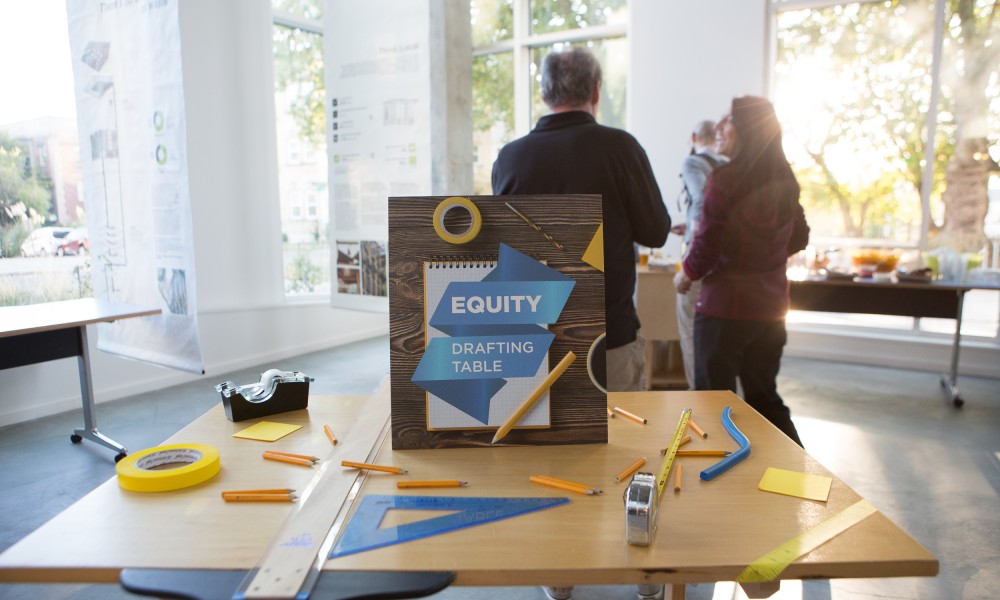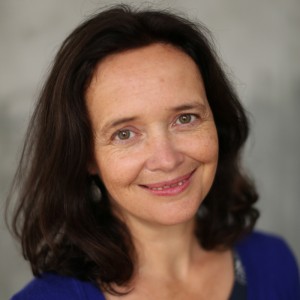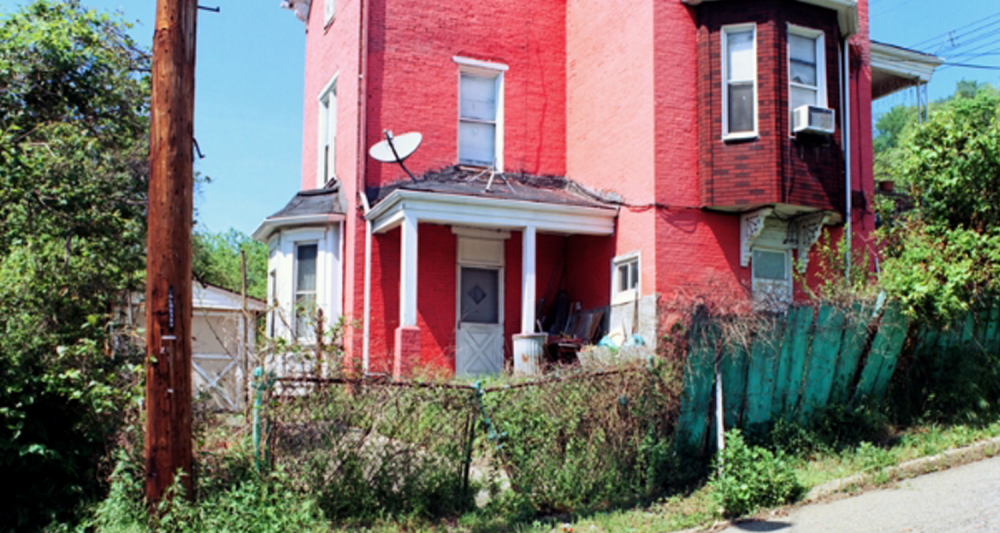In the last 20 years, the green building movement has gone mainstream. The pace of change is extraordinary: at the International Living Future Institute we are pushing boundaries we couldn’t have even imagined a decade ago. Setting a high bar, one that many thought unachievable, has proven to be a catalyst for transformative change. And it’s time to do it again.
As I begin my transition to CEO, my staff and I are exploring new strategies that will help us bolster the fullness of our mission: to create a future that is socially just, culturally rich and ecologically restorative. We must devote our collective attention to what might be the biggest challenge of all—to create a future that embraces and empowers everyone. To create a future that is inclusive and robust for all: #OurLivingFuture. If we are to succeed, it’s critical that we have your participation.
With this in mind, we recently hosted a new event, the Equity Drafting Table, held in cooperation with the Seattle Design Festival. Our aim was to begin a dialogue about what it means to design a fair and just place for everyone to live. When we first imagined this event, we knew we needed to include everyone at the table, all ages, abilities and backgrounds. We quickly realized that we won’t get there overnight: first, we have to foster a culture of inclusivity. We designed an interactive installation, a maze of difficult questions that prompted a response from each participant. We rallied a number of eager partner organizations in the community, and were delighted by an excellent turnout. Residents from all aspects of Seattle’s rich tapestry were in attendance and provided their input.
This event was a promising launching pad, but it was just the beginning.
The good news is that we already have some momentum behind #OurLivingFuture. Each of our programs has an equity component that has resulted in measurable impacts (JustTM, the Equity Petal in each of our Challenges, Living Building Challenge Framework for Affordable Housing). But it’s not enough.
Over the next few years, we will seek to answer this question more fully: What does it take to make communities inclusive and robust for everyone? The question is one that everyone can reflect upon, and the answers will look different from one community to the next.
A Living Future looks different for every person. It is not just a place for the wealthy or privileged; instead, it is a diverse collection of habitats that operate in tandem with the natural world and without friction with one another; it is a place where everyone belongs and a place that belongs to everyone.
What will you do to make your community inclusive and robust for everyone? Please join us in conversation around #OurLivingFuture, at our events and online. We want to hear your voice. The future is not just yours or mine, it’s ours.




